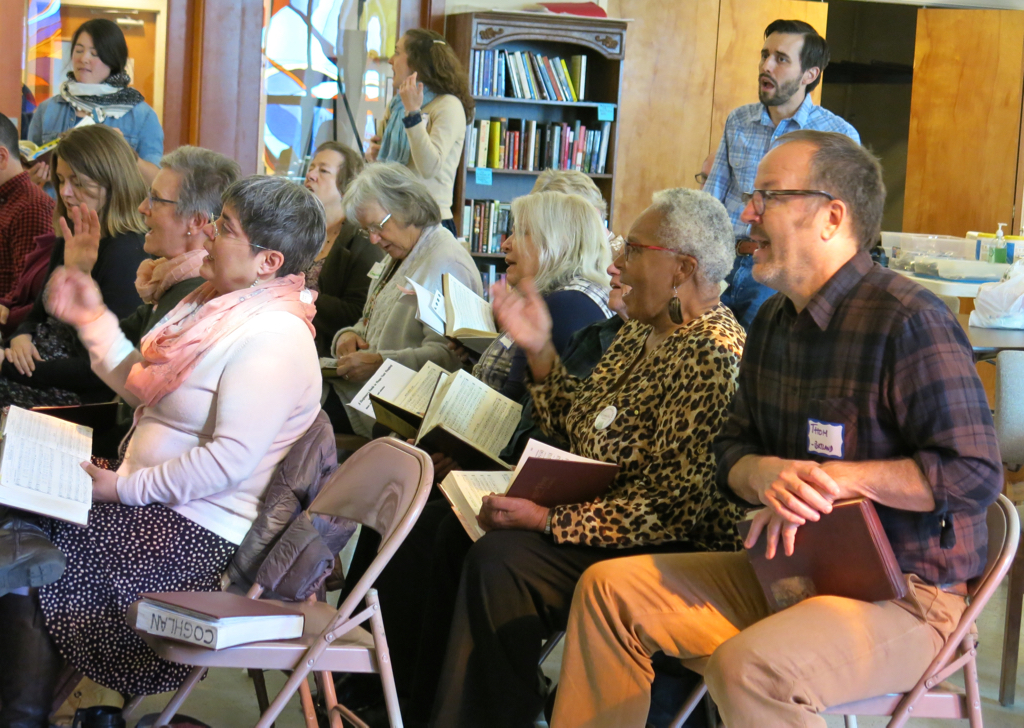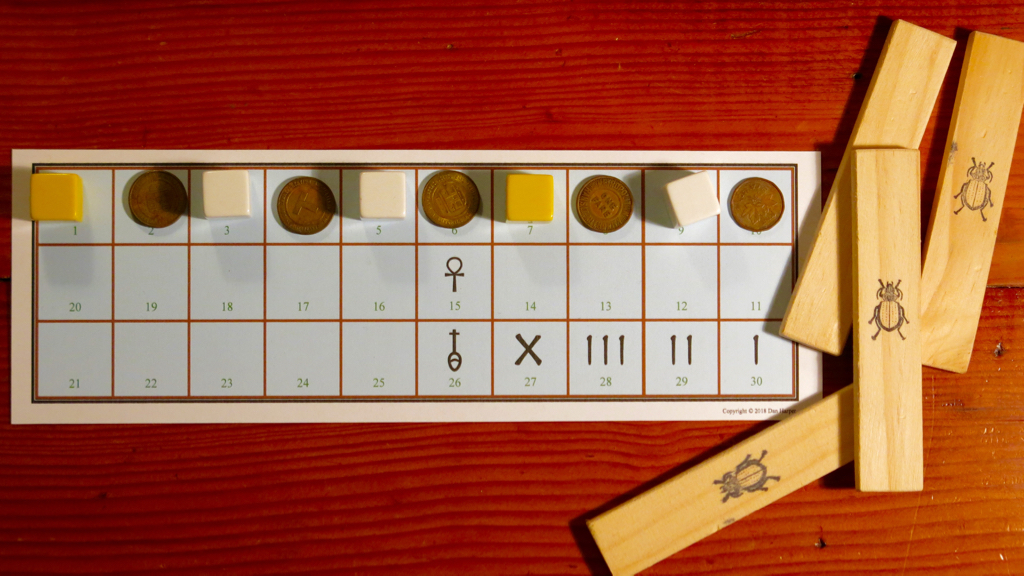In a recent story posted on UU World, the house organ of the Unitarian Unviersalist Association (UUA), Chris Walton reports that “UUA membership rises for first time since 2008.” The increase is tiny, though — up only 980 members to 148,242; less than a tenth of a percent. Because this could be within the margin of error, we’ll have to wait and see if decline continues again next year; at this point it’s safest to say that at best overall membership remained flat this year.
In bad news, the ongoing decline in religious education enrollment continued: numbers of children and youth are down 2,557 to 40,269; this decline is less than one percent, but it continues a ten-year trend of decline, so that we’re down about 27% since 2009. Searching for reasons for this decline, Chris points out several possible factors: lower birth rates beginning in the mid-1990s (Chris fails to mention the additional drop in birth rates during the Great Recession); people no longer bringing their children to organized religion; and, adds Chris, “our basic model may no longer work,” citing the popular “Death of Sunday School” paper by Kimberley Sweeney.
I would add that children today are a white-minority age group while UU congregations remain dominated by white people. I don’t think it’s too much of a stretch to imagine that there is a certain amount of racism that keeps young families with non-white members out of many UU congregations.
But in my opinion, financial factors are having the biggest impact on dropping religious education enrollment. First of all, the cost of nonprofit employees keeps going up (due to rising insurance costs and other factors), so congregations are less and less able to afford qualified religious education professionals. Second of all, the UUA budget has been contracting, and there simply isn’t money to develop the kind of religious education resources that we need for today’s kids — resources like videos, games, apps, etc. Third, today’s parents are used to having a wide range of choices for their children, and most congregations can only afford to offer one class per age group (or, when money is really tight, one intergenerational worship service for everybody).
In my opinion, two big forces that are pushing us into decline: demographics and finances. If you look back in history, the Great Depression offered similar challenges: people weren’t going to church as much, and there was no money; and during the Great Depression, large numbers of Unitarian and Universalist congregations closed their doors forever. I fully expect to see a growing number of Unitarian Universalist congregations close their doors forever as demographics and finances do their work.
Nevertheless, I think individual congregations can take positive action so that they don’t have to close their doors. There are obvious steps to take, none of which is rocket science, but none of which is easy. First, engage in hard-headed and realistic financial planning, and plan now what staffers and what programs you will cut first, and plan how to deal with the aftermath of those cuts — if you’re lucky you won’t have to make those cuts, but if you do have to make cuts you’ll have a rational management plan in place. Second, stifle white dominance so non-white people can find space in your congregation — and if you’re not sure how to take the first step, go read Robin DiAngelo’s book White Fragility. Third, figure out how to customize your key programs and ministries so you can serve people who want more than one choice on Sunday morning — not just worship services and Sunday school, but Forum and adult classes and supervised play and maybe a Navigators program and social hour with decent coffee and more.
Change is coming. We better learn how to manage it.




